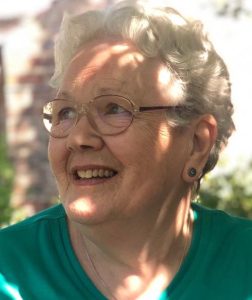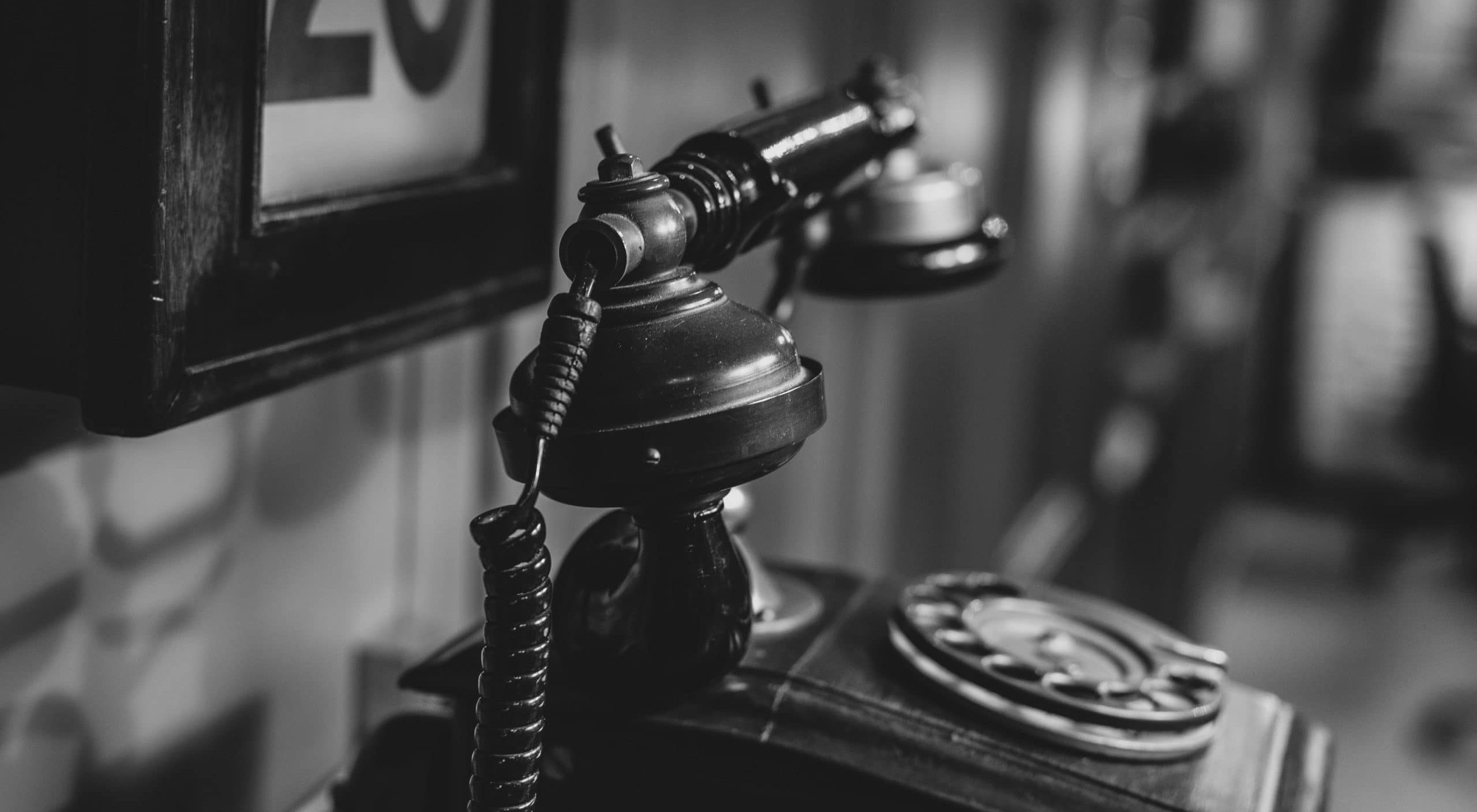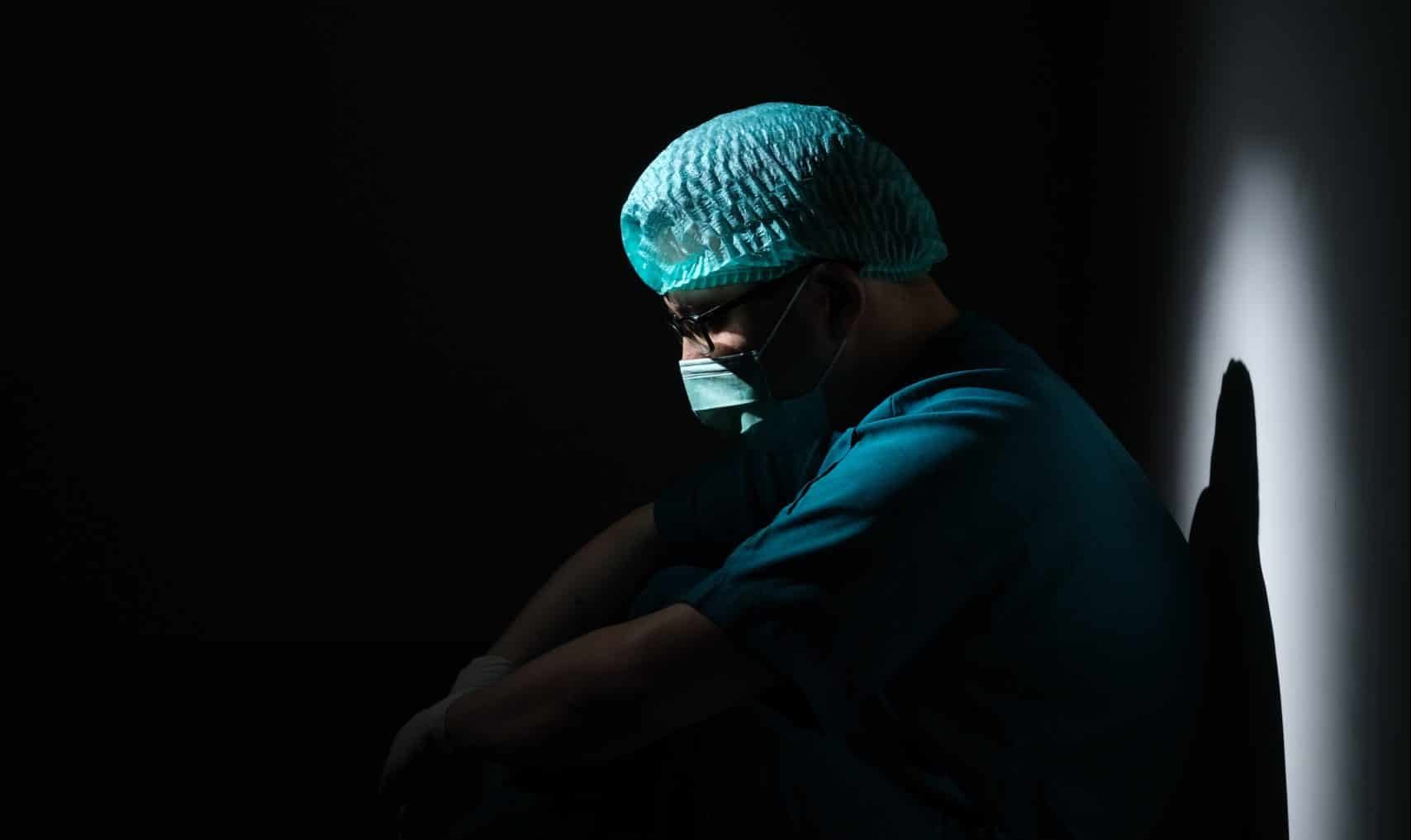
(The following is dedicated to Dr Barry, the wonderful Family Doctor of my childhood).
The fifth of July 1948 is a momentous date in British history. It is the day the National Health Service was formally inaugurated; funded by National Insurance contributions and with the family doctor central and pivotal to the delivery and organisation of primary healthcare in the UK. The benefits became apparent immediately, with the post-war ‘baby boom’ generation becoming one of its key beneficiaries.
The Health Secretary, Aneurin Bevan, stated in 1952 that ‘the collective principle asserts that […] no society can legitimately call itself civilised if a sick person is denied medical aid because of lack of means.’ Bevan’s NHS vision for the NHS was ‘high quality, free and sustainable healthcare to all who required it.’1
I have a vivid memory of Dr Barry’s waiting room; a gloomy place where little light penetrated; overseen by an aged, grumpy receptionist; with dog-eared copies of the Reader’s Digest; an uninteresting array of out-of-date periodicals and furnished with extremely uncomfortable chairs.
Post-war Britain was light years away from the fast-paced, high-tech’, digital world of today. In 1948 and throughout the 1950s very few households had a telephone; appointment systems were largely unheard of and so if you needed to see your family doctor you went to the surgery during the designated opening hours and waited in turn. I have a vivid memory of Dr Barry’s waiting room; a gloomy place where little light penetrated; overseen by an aged, grumpy receptionist; with dog-eared copies of the Reader’s Digest; an uninteresting array of out-of-date periodicals and furnished with extremely uncomfortable chairs. The consultation time was driven by individual need and consequently some patients would spend much longer with the doctor than others and so the children fidgeted a bit more and for a little longer; the adults, many coughing and wheezing; read the magazines and everyone just waited for their name to be called. Patients’ records were handwritten and kept in small, buff-coloured, pocket style folders. Dr Barry scribbled updates either during a consultation or immediately afterwards before pressing a buzzer to summon the next patient.
If you needed the doctor to make a home visit, the option for the majority was limited to telephoning the surgery from the nearest public ‘phone box. Whenever Dr Barry visited our house, frantic arrangements were made. You had to be really unwell and bedridden before asking for a home visit and much drama was involved in anticipation and preparation. The ‘patient’ was washed; presented in clean nightclothes and bedding; windows opened to allow fresh air to circulate (sometimes Arctic!) and a clean towel and a fresh bar of soap placed in the bathroom. Dr Barry, a bluff Irishman, whose greeting generally commenced with:“Well now, we might have to remove the leg first.” As a young child I was not always sure whether he was joking or not.
Healthcare provision in the UK, in the immediate period following the Second World War, would be unrecognisable to today’s generation of GPs: glimpses being limited to watching archive films from that era. One of the main differences was that most NHS primary care services were based locally, generally within walking distance or a short bus ride away. (According to Transport Statistics Great Britain, only 14% of households owned a car in 1951).2 People mainly shopped and worked locally and children walked to school. Cigarette smoking was a rite of passage and few knew then of its link to lung cancer or COPD. Some children died of leukaemia and a diagnosis of most cancers came with a death sentence.
Even in some ‘emergencies’ the first port of call was the home’s first aid box. In those situations visits to the Doctor or to A&E were rare. I can only recall one occasion when my father impaled his big toe with a gardening fork and yet still managed to drive himself to the local hospital for the inevitable tetanus injection. Even deep cuts to my knees were treated at home, sanitised with iodine (ouch!), before being bandaged and awarded a sugar lump, but only if I had been very brave.
Woe betide anyone whose hair was infested: head lice labelled a child as shameful and dirty.
Another mainstay of public health was the local NHS Clinic, run by the district nurses and community midwives. A place where mothers took their babies to be weighed; where ‘national dried milk’; ‘clinic’ orange juice and copious doses of castor or cod liver oil were dispensed; where childhood vaccinations were given (no fine, disposable needles in those days!) and more importantly, where mutual support and friendship could flourish and ‘problems’ identified. This was also the lair of the school ‘nit nurse’, a fierce, stout individual in a brown uniform with a flat, pork pie hat on her head, who sallied forth, in her sensible brown brogues and ‘Nora Batty’thick, rumpled Lisle stockings, to visit the town’s infant and primary schools. Anxiously we waited in turn to have her rummage roughly through our hair and then be unceremoniously pushed on our way. Woe betide anyone whose hair was infested: head lice labelled a child as shameful and dirty. No letters of consent were sought from parents to permit such an assault on their tender offspring and no cries of outrage that their children’s human rights were being compromised or that there was a risk to their mental health. There was much shrugging of shoulders and a sense of C’est la vie in those days.
Progress led inevitably to change: mostly for the better.
As more and more effective treatments were developed; cures discovered and diagnostic tools designed, the nation applauded and welcomed each and every one. However, with such amazing progress and innovation came a significant shift in public opinion, demand and expectation.
On reflection, I would argue that successive generations have not only become less self-reliant and stoical but also much more demanding and ‘needy’ when seeking medical attention. We now expect to live longer, healthier lives; to be cured of all known and, as yet unknown, diseases and to demand treatment for every condition, however trivial. Who could ever have imagined that the advice metered out online by a teenage TikTok influencer and the sundry blogger would challenge that of the highly trained medical professional to such an extent.
The general public might be more knowledgeable and have access to an enormous amount of online information nowadays but how many of them are qualified to interpret it? Has everyone become an expert nowadays? It would seem so. I can just imagine the look on Dr Barry’s face if confronted with: ‘I’ve googled it.’
Could Bevan ever have foreseen that his vision of ‘free, sustainable healthcare for all…’ would have included IVF treatment, CT and MRI scanners or Gene Therapy? (Bevan had died 18 years before Louise Brown, the first woman to have been born after conception by in vitro fertilisation was born in 1978). He would be immensely proud of the fact that many conditions that were previously incurable or untreatable are now firmly a thing of the past. However, I doubt that he would be as thrilled to discover that the NHS now ‘outsources’ vital elements of primary health care to private companies or that some ‘baby boomers’, faced with lengthy NHS waiting time for a hip replacement or simple cataract procedure, are opting to pay thousands of pounds to alleviate their suffering when they can ill afford to do so.
Fast forward to 2022 and compare the experience of visiting our GP today with that of our family doctor in those early years of the NHS. Demand and expectations are certainly higher and, in an age when secularism is rising and communities less cohesive, I suspect that GPs are faced with patients presenting a wider and less defined range of reasons for visiting them.
I remember an occasion, while sitting in my GP’s waiting room, when an extremely anxious young couple came in with their baby who had a tiny scratch on its leg: definitely a candidate for iodine and a sugar lump — although I suspect the sugar police would pounce on the latter
What on earth had they ‘googled’ that led them to demand an urgent appointment with the GP? Moreover, the bureaucracy involved has intensified and increased. My GP son-in-law spends several hours each Sunday updating his patients’ digital records and other admin’ tasks in order to satisfy all the protocols and procedures required. I could hazard a guess at what Dr Barry’s reaction to that might be.
The baby boom generation, now in their sixties and seventies, along with the octogenarians and nonagenarians, are now expected to cope with the complexities of the digital age of communication which can be a difficult and sometimes frustrating obstacle to overcome, especially for those whose experience of the technology involved is limited or if their hearing and eyesight are impaired.
But, it’s not just the older generation who find automated telephone systems frustrating and overly time-consuming. Most GP practices require patients to telephone for an appointment between 0830 and 0900 and who are duly confronted by: ‘Press 1 for this’: ‘Press 2 for that’: ‘Press three for something else’: ‘You are 5th in the queue’ and then they might be subjected to an endless, annoying loop of ‘Muzac. By the time they manage to speak to a human being, half an hour later, the time allotted for making an appointment has expired! Furthermore, the previous system of GP out-of-hours provision; a rota of on-call, out-of-hours duties shared between groups of local GPs, has largely been replaced by a voicemail message directing you to contact NHS 111. It is hardly surprising then that some just head off to their nearest A&E department or call 999 to summon an ambulance.
Do I believe that the provision of primary health care in the 20th century was better than in the 21st? The Germans have coined a new colloquialism — ‘jein’ -: created from the phrase ‘ja und nein’ (yes and no). So, my answer to that question is a resounding ‘jein’. Would I wish to return to a time of reusable hypodermics and the dreaded ‘nit nurse’ and before the invention of ultrasound scans and other life-saving treatments? No.
Do I think that all the changes that have occurred has improved primary health care? No. Do I want to get rid of automated telephone systems? Yes!
To some extent I blame the ‘yo-yo’ politics and seemingly endless, vote-catching initiatives of successive governments over the ensuing decades. I also believe that some of the restructuring has had a significant, negative impact on local communities particularly the loss of many local NHS clinics. We should never have underestimated their intrinsic value and replaced them with a fragmented system partly run by the private sector for profit.
The NHS should not be seen as a free supermarket: that was never part of Bevan’s vision. Nor do I imagine that he would have expected the NHS to treat minor cuts, bruises or blisters; seasonal coughs and colds and other trivial ailments. Could anyone suffering from such conditions be classified as sick? I’m not qualified to pass judgement on that.
On balance, I firmly believe that the principle of ‘out with the old and in with the new’ is not always the best policy. The cost of providing ‘high quality, free and sustainable (primary) healthcare to all who require it’ will always have to be an important consideration and consequently every effort should be made to re-educate the public on how to use the services of their GP more appropriately in order to manage demand and expectation. It’s for medical professionals directly involved in primary health care to decide if the current system is meeting the needs of their communities and, if not, to orchestrate change. Sadly I think that automated telephone systems are here to stay. Oh well, let’s all ‘Press 4 for a dose of instant frustration.’
References
- Pringle E. History of the National Health Service. Britain Magazine. https://www.britain-magazine.com/features/history/nhs-history/ (accessed 5 Apr 2022).
- Transport Statistics Great Britain: 2011. Department for Transport. https://assets.publishing.service.gov.uk/government/uploads/system/uploads/attachment_data/file/8995/vehicles-summary.pdf (accessed 5 Apr 2022).








